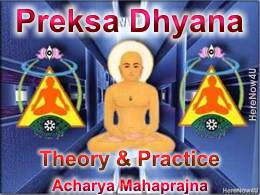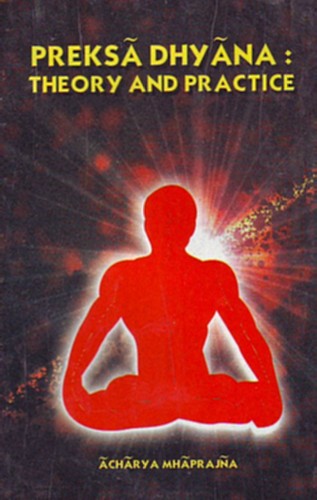
- If a practitioner is unable to adopt standing or a sitting-on-the floor posture, he may sit on a chair.
- An armless chair is to be used. Keep your back and neck in a straight line without the back rest.
- There should be no stiffness.
- Keep your feet parallel as in the standing posture.
- Assume one of the two mudras given below.
If a recumbent posture becomes absolutely necessary, one may lie down on his back, keeping a distance of about a foot between both feet, hands about six niches away from the trunk, palms turned upward and eyes softly closed.
Mudra
The position of practitioner's hands is called mudra. One of the following two mudras may be assumed:
- Let the back of your right hand rest on your right knee and the left hand on the left knee, both palms turned up. Let the index fingers touch the roots of thumbs, with a slight pressure in the contact the other fingers are kept straight.
- Bend both arms at the elbows; keep the back of your left Hand on the central part of your lap and the back of your right hand on the top of the upturned palm of your left hand.
- Do not put your hands on the ground.
- Do not keep your palms turned downwards.
 Acharya Mahaprajna
Acharya Mahaprajna

